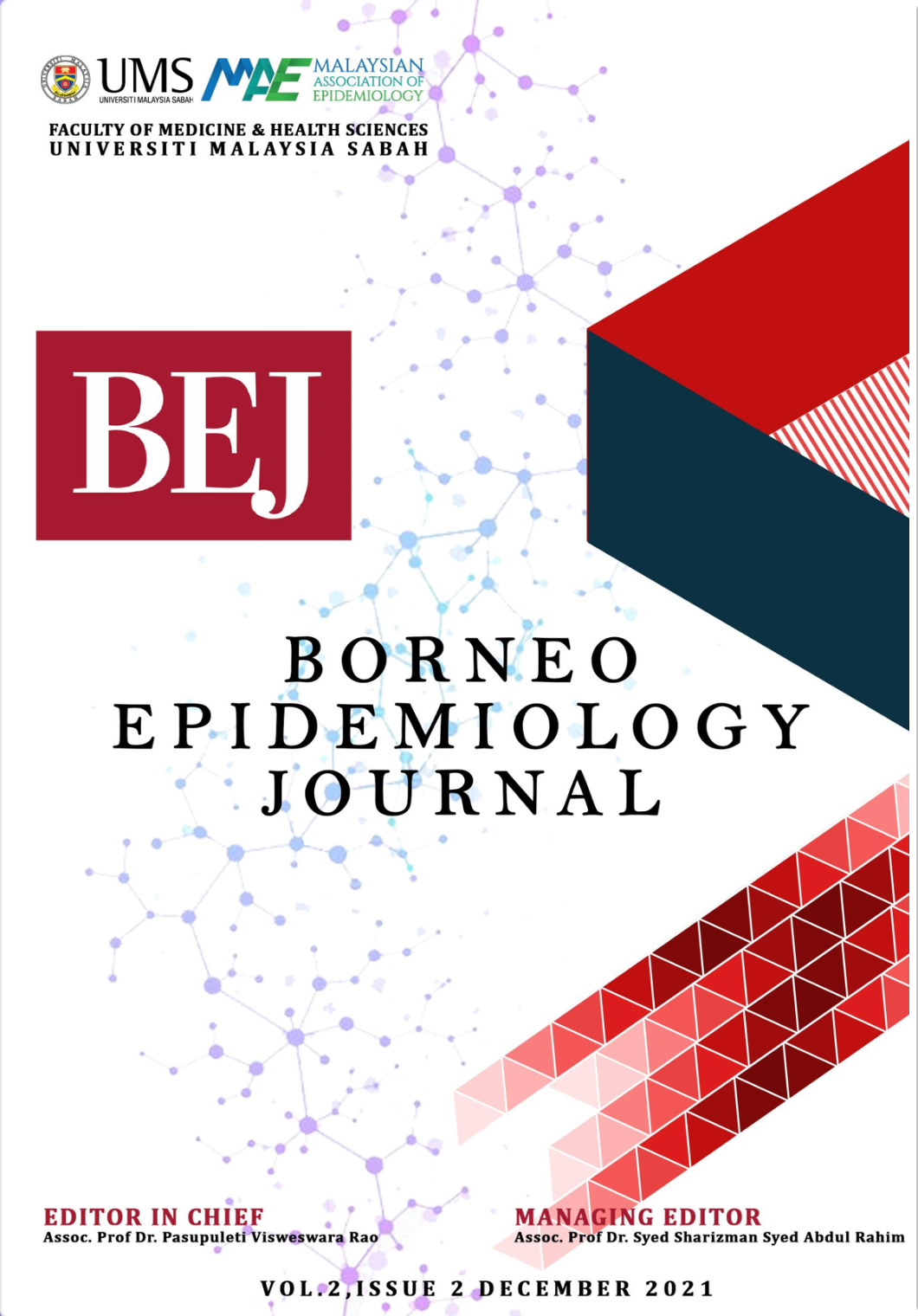Public Health Informatics in Global Health Surveillance: A Review
Public Health Informatics
DOI:
https://doi.org/10.51200/bej.v2i2.3628Keywords:
Public health informatics, Surveillance, Event-based surveillance, Web-based surveillanceAbstract
Background: Surveillance is the backbone for effective public health practice. Traditionally, surveillance system relies on the collection of information regarding health-related events through healthcare facilities, disease notification system from the physician, syndromic notification networks, selected sentinel healthcare facilities, or by event-based data. However, there are several limitations in using conventional surveillance.
Methods: With the advancement of technology and computer science, overcoming those limitations and complementing the traditional method has been recommended. Three leading emerging technologies are applied in public health surveillance: the internet of things, artificial intelligence, and blockchain.
Results: Application of informatics in public health surveillance could raise several issues including accessibility and affordability of innovations; public health informatics’ experts, law, and regulation to protect patients’ information; social and ethical considerations, norms, and standards of implementing new technologies; data ownership; privacy and sharing of information; biosecurity; biosafety; and cybersecurity.
Conclusion: This article aimed to review several applications of informatics system in public health surveillance practice and its several issues related to the use of technology. Several applications of informatics could be useful for incoming challenges in public health. However, application of informatics can pose significant issues and must be taken into consideration in public health practice.









